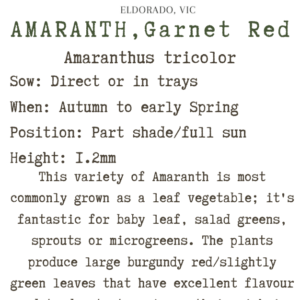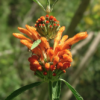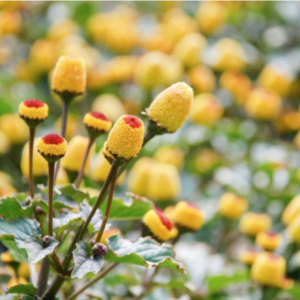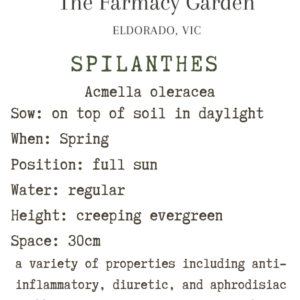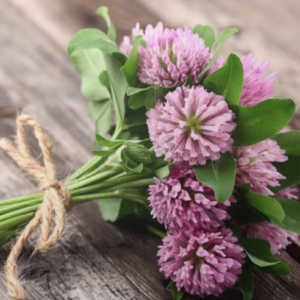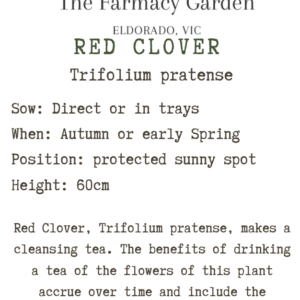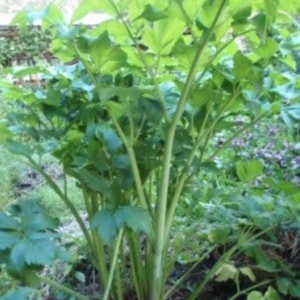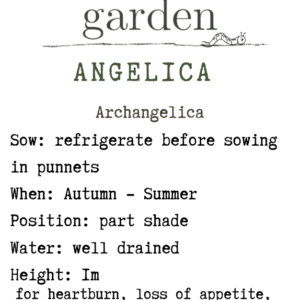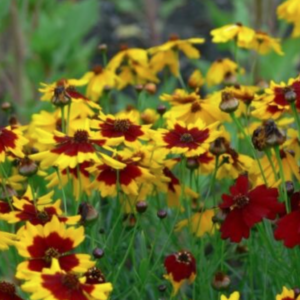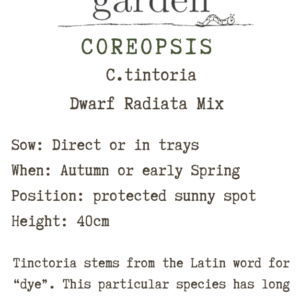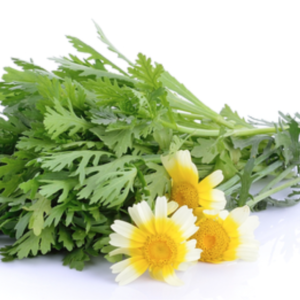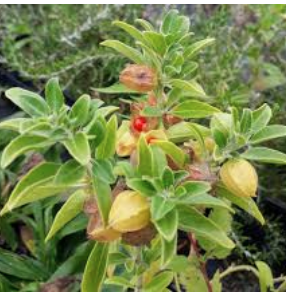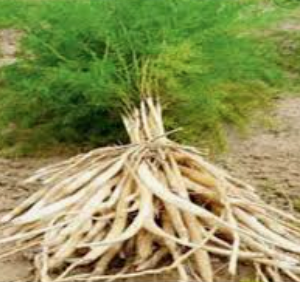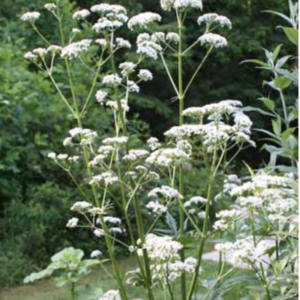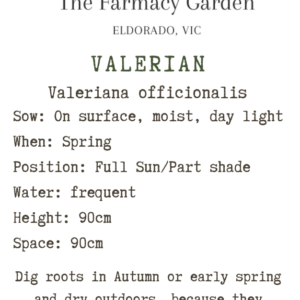Amaranth, Garnet Red Seed, Amaranth tricolour
$4.50 Original price was: $4.50.$2.50Current price is: $2.50.
Amaranth seeds are considered an ancient grain that has historically been used for its nutritious properties, combining the characteristics of a health-promoting food and a raw material with potential therapeutic activity
Amaranth seeds are considered an ancient grain that has historically been used for its nutritious properties, combining the characteristics of a health-promoting food and a raw material with potential therapeutic activity
GROW: Sow seeds directly in the garden 3mm deep and 60cm apart. Keep soil moist but never wet or dry. Seeds should germinate in around 7-10 days at a soil temperature of 20-25°C.
HARVEST: To harvest amaranth grains, let the plant flower. Keep an eye on the flowers as they bloom and die back. Before they turn brown, cut the flowers off and place them in bags where they will dry. Shake the bag once dry or knock the seeds loose over a cloth. Rinse away the dried seed chaff and enjoy your grain harvest. Amaranth is especially good in a porridge containing other grains like millet and quinoa.
USE: Edible amaranth is often grown for the plentiful tiny seeds that hang in tassels from the top of the plant after the attractive red flowers fade. The bulk seed is used as a grain in porridges or as a thickener in soups and stews. You can also use the leaves of amaranth as a leafy vegetable; the taste is similar to spinach, and it can be used the same way as many other leafy vegetables, especially in mixed-green salads.
Related products
Medicinal Herb Seeds
Flower Seeds
Flower Seeds



